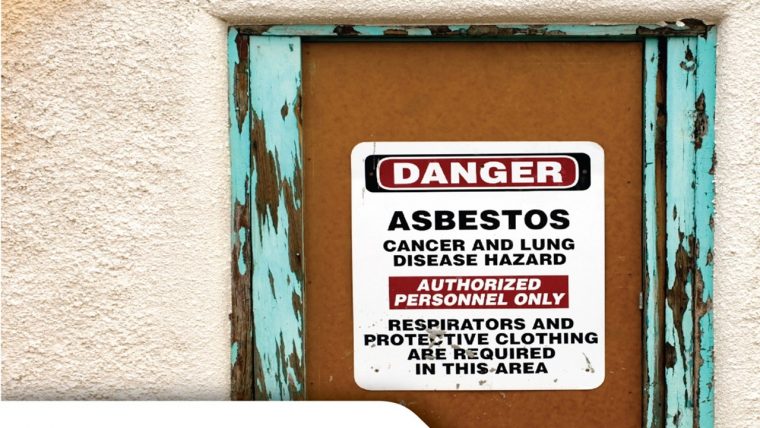Part V – ASBESTOS WASTE TRANSPORT AND DISPOSAL
This section outlines asbestos waste containment and disposal practices to reduce asbestos exposure.
5.1 Planning the safe disposal of asbestos waste
When planning the disposal of asbestos waste, the following issues should be considered:
- How the waste will be contained to prevent the release of airborne asbestos fibres
- Details of whether the asbestos waste is non-friable or friable
- Details of any asbestos or ACM to be left in situ
- The types of fittings and supports and whether removal and disposal of these items is part of the work specifications
- The location and security of waste storage on site – these areas should be unoccupied for the duration of the removal
- The transport of waste within the site and off site
- The location of the waste disposal site
- Approvals needed from the relevant local disposal authority, and
- Any local disposal authority requirements that may apply to the amount and dimensions of asbestos waste.
Plan the route for moving asbestos waste bags or containers through the work area before starting the asbestos removal work. In occupied workplaces, all movement of waste containers through a building should take place outside normal working hours.
Only unused heavy-duty polyethylene bags (minimum 200 µm thickness) and heavy-duty polyethylene sheeting can be used. Bags labelled for asbestos waste should not be used for any other purpose.
Loose asbestos waste must not accumulate within the asbestos removal work area. The loose asbestos waste should be placed in labelled asbestos waste bags or wrapped in heavy-duty polyethylene sheeting and labelled. Once the labelled asbestos waste has been removed from the asbestos removal area, it should either be:
- Placed in a solid waste drum, bin or skip which should only be used for asbestos waste and labelled for secure storage and eventual disposal, or
- Removed immediately from the site by an approved/licensed asbestos waste transport carrier for disposal.
5.2 Asbestos waste transport
The transport and disposal of asbestos must occur in a manner that eliminates the release of airborne asbestos fibres, by ensuring:
- Bagged asbestos waste is securely packaged in labelled containers
- Packing material and waste containers must be protected, secured and remain intact during transport and unloading.
- Waste is unloaded at the landfill site using waste disposal procedures which prevent the tearing of the polythene lining.
- Any packaging that is damaged must be replaced or repaired prior to disposal.
- Vehicles should be carefully cleaned after transporting asbestos waste.
Commercial asbestos waste that is transported to a landfill facility by a commercial contractor, usually requires waste tracking certificates. Every vehicle carrying asbestos wastes in a quantity of 500kg or 500 litres is considered a placarded load and must display Dangerous Goods Class label 9 (the size of the label must be no less than 250mm square), at the front and the rear of the vehicle.
5.3 Asbestos waste disposal
The asbestos waste must be disposed of at a licensed asbestos waste disposal site of as soon as reasonably practicable, whether that is:
- At the end of the removal job (providing the asbestos waste is secured on site at the end of each day to prevent unauthorised access)
- When the waste containers are full, or
- At the end of each day if the asbestos waste cannot be secured at the removal site.
5.4 Management of asbestos waste at landfills
Licenced asbestos waste landfill facilities are required to handle and cover asbestos waste in such a manner that no dust is generated. The procedures for landfilling asbestos typically involve digging a hole in the general waste, depositing the asbestos and immediately covering it with soil. Some sites store asbestos in a skip bin near the entrance to the site for transport and burial at the end of the day; others are required to deposit each load immediately on arrival. When not receiving waste, any containers used for temporary storage at a site must be covered.
The following landfilling practices are recommended for asbestos waste disposal:
- Before compacting, cover with a layer of soil at least 300mm thick or with a layer of waste at least 1m thick
- Asbestos must not be deposited within 2m of the final tipping surface of the landfill
- When not receiving waste, any containers used for temporary storage at a site must be covered (e.g. lined skip bin with lid)
- Preferably a dedicated cell of a landfill should be used for asbestos disposal and that this area be clearly marked on the site map










